Hearing Aids
Your guide to types, brands, and technology.
Hearing aids use sophisticated technology to restore hearing. At Audiology South we cover all brands of hearing instruments and work closely with industry leaders Oticon, GN Hearing, Sivantos, Phonak and Unitron.
A hearing aid works by capturing sounds, making them louder and brighter, and sending them down the ear canal. This amplified sound is passed through the middle ear to the inner ear where the hearing nerve receptors convey the sound messages to the brain.
Hearing Aids: Types & Brands
There’s been a revolutionary shift in technology for hearing aids over the past 10 years. Here at Audiology South we stock brands from around the world. As we’re not industry-owned, we’re free to recommend the best product from anywhere in the world. Brands coming out of Europe including Phonak, GN Hearing, Oticon and Sivantos (Signia) – are stylish and research driven, whilst some of the North American brands including Starkey, Sonic and Unitron – are known for innovation and are the rapid “new growth” in the hearing aid industry.
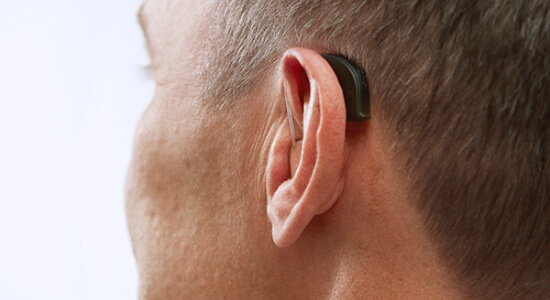
Receiver In The Ear (RITE, RITC or RIC)
The advantage of this style is its small size, which makes it the most cosmetically appealing. With the electronics behind the ear and the speaker discreetly in the ear canal, these products offer a richer, fuller sound experience. It almost feels as though there is no hearing aid there at all! But they may not be for you if you suffer from outer-ear conditions, or if you struggle with manual dexterity as you may find the small batteries tricky to replace.
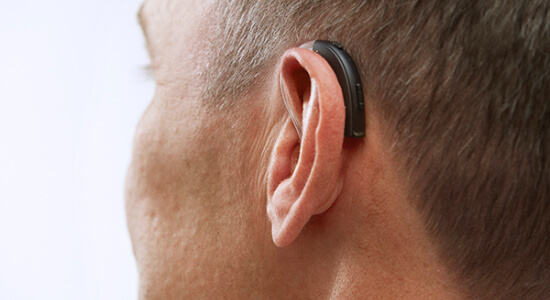
Behind The Ear (BTE)
Positioned at the back of the ear, these hearing aids connect to the ear canal through a thin tube or ear mould. This style has undergone a revolution over the past decades; they are now more discreet and come in a range of trendy colours that blend in or stand out according to your taste! As the devices are away from the ear canal, they are extremely reliable and less susceptible to wax or moisture problems. For those requiring good power or easy handling, they can be a great choice.
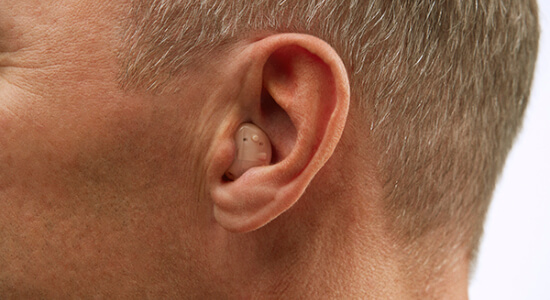
Custom Hearing Aids
These devices are assembled by the manufacturer specifically for your ear and are unique to you. Some custom hearing aids can be extremely small and placed down inside the ear canal. Known as IIC (invisible in the canal) or CIC (completely in the canal), both styles are extremely discreet, which makes them ideal for those who want to keep their devices hidden. They’re great for people who use the telephone regularly or work outside where wind noise can be an issue for hearing aids with exposed microphones.
In-the-canal (ITC) and in-the-ear (ITE), full- or half-shell hearing aids are slightly larger, more visible products that may suit those with a greater degree of hearing loss or who find handling small products and batteries difficult. Due to their ease of use they can be a super option for someone in their senior years who is just starting out with hearing aids.
100% Invisible Hearing
Unlike other hearing aids available on the market, Lyric is designed not to be seen!
This tiny, state-of-the-art hearing technology remains out of sight and out of mind, so the wearer can enjoy more confidence and a full natural sound quality.
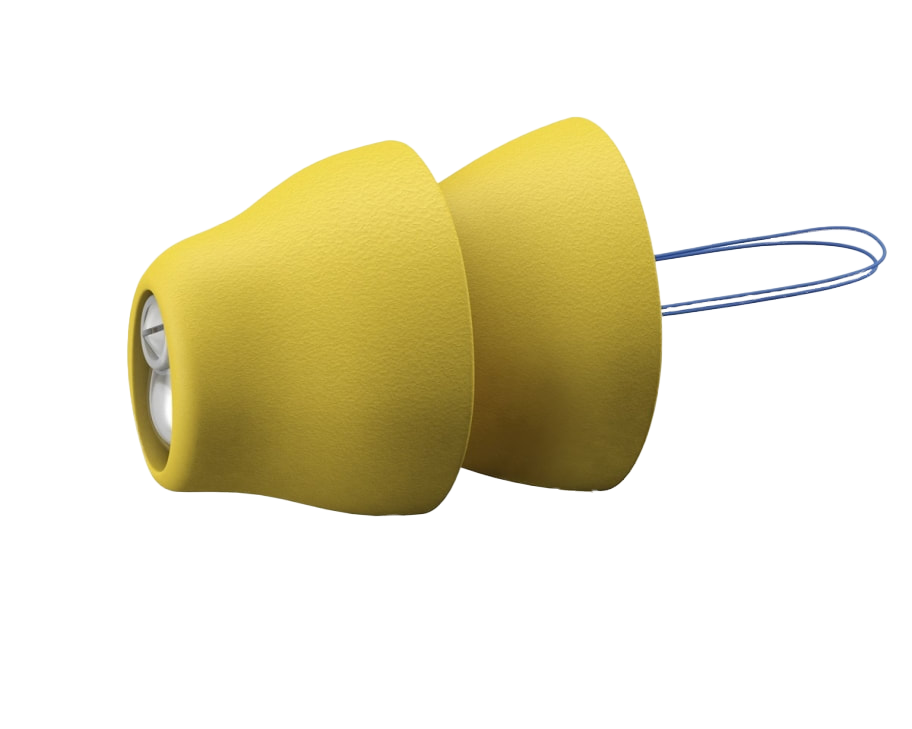
Specialised hearing aids
There are many specialised hearing aids designed with specific hearing losses or clients in mind. For example, CROS and Bi CROS systems are for significant hearing loss particularly in one ear (unilateral).
Those with unilateral hearing loss typically struggle to cope in background noise. CROS systems help overcome this by sending sound from the wearer’s poor ear across to their good ear so sound becomes audible.
There are many types and styles of hearing aids, but they all have similar working parts. The particular combination of your ear canal shape, its condition, your usual environments and the severity of your hearing loss are as unique as your fingerprint, so the hearing aid you choose needs to reflect this. Ultimately, your decision will come down to a combination of taste, comfort and cost. For instance, some people are more prone to wax build-up or perspiration; others will be less tolerant of a foreign body in the ear canal and so on. Our knowledgeable audiologists have the experience and knowledge to help you decide.
Rechargeable hearing aids
Rechargeable hearing aids are great for people with poor dexterity, vision impairment, or who are ‘on the go’ all day. Charge these aids overnight and wear them throughout the day – there’s no need to change the batteries. The built-in battery lasts the life of the device, which makes it more environmentally friendly than a hearing aid with disposable batteries.
Today most brands and models of hearing aids have rechargeable options with more coming onto the market every month, so be sure to ask us about what's new!
Choosing your style
All styles of hearing aids have similar working parts, so ultimately, your choice will come down to a combination of taste, comfort and cost. The hearing aid you choose needs to reflect your unique combination of ear canal shape, its condition, your usual listening environments and the severity of your hearing loss. For instance, some people are more prone to wax build-up or perspiration, others are less tolerant of a foreign body in the ear canal, and so on. Our skilled audiologists have the experience and knowledge to help you decide.
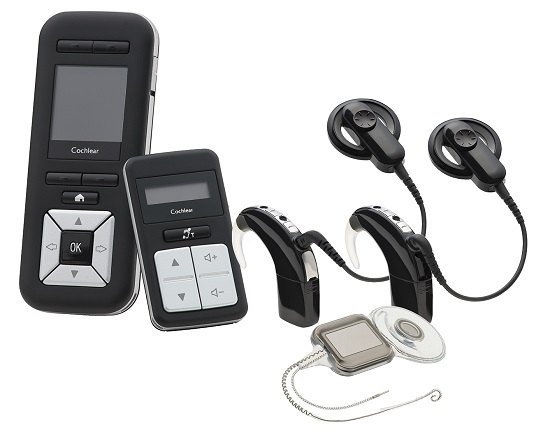
Cochlear Implants
A cochlear implant is a medical alternative for severe hearing loss in both ears. A surgically-implanted electronic device bypasses the damaged part of the inner ear to directly stimulate the hearing nerve to convert sound waves to electrical impulses, as a healthy ear does. At Audiology South, we can advise when a cochlear implant is a likely solution. We can help evaluate your suitability for surgery, assist with the referral process, provide appropriate medical and funding advice, and even introduce you to people who use cochlear implant technology.
Hearing aids: indicative pricing
You have many choices of hearing aid styles, but there are even more when it comes to picking the best level of technology. The right features can make the difference between a ‘good’ and a ‘great’ outcome, and if we can make adjustments later should your hearing or listening needs change, we'll achieve a better long-term outcome. Hearing aids come in three broad levels of technology that are generally reflected in the pricing.
- Starter level: Starter level hearing instruments offer great outcomes for those on a budget or who live quiet, predictable lifestyles such as spending time alone or watching TV in quiet environments. A typical price range (before subsidies) is $1,500 to $2,500 per pair.
- Mid-range: Mid-range hearing instruments are good for those that have slightly more demand on their hearing, and every now and then find themselves in tricky listening environments. The technology has existed for 1–2 years, has a proven track record and offers great value for money. Prices range from $3,500 to $5,500 per pair (before subsidies).
- Advanced: Advanced hearing instruments are typically the latest devices by leading manufacturers and automatically include state-of-the-art digital processing features for the best listening outcome regardless of the listening situation. Prices for these instruments (before subsidies) range from $7,500 per pair.
Check out some of the funding options that may be available to you.